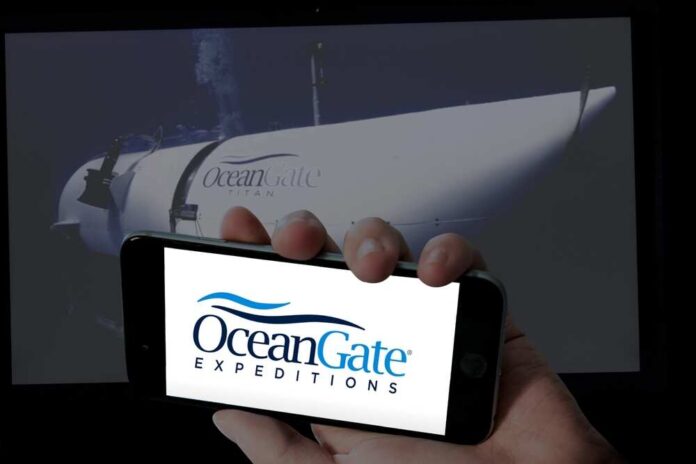
Titan Submersible Tragedy: U.S. Coast Guard Investigation Reveals New Details The U.S. Coast Guard has begun a thorough investigation into the tragic implosion of the Titan submersible, which occurred during a mission to explore the Titanic wreck on June 18, 2023. A public hearing in South Carolina has unveiled new details about the ill-fated expedition, including the final messages sent from the doomed vessel.
An animated recreation of the Titan’s journey shown at the hearing depicted the submersible’s last known communications with its support ship, the Polar Prince. The crew’s final text message, sent at 10:47 AM, simply stated, “all good here,” before all contact was lost. This haunting message came shortly after the submersible had dropped two weights and was continuing its descent. The investigation has revealed that the Titan crew had been in regular text communication with the Polar Prince during the initial stages of the dive.
At one point, the support vessel requested “better comms” after briefly losing contact. The Titan crew confirmed they could still see the support vessel on their onboard display, and a few more messages about positioning were exchanged before communication ceased entirely. Jason Neubauer of the Coast Guard Office of Investigations, who is leading the hearing, expressed condolences to the families of the victims, stating, “There are no words to ease the loss endured by the families impacted by this tragic incident.”
The Marine Board of Investigation, the highest level of marine casualty investigation conducted by the Coast Guard, aims to determine if there was any criminal activity or negligence by credentialed mariners. Ten former OceanGate employees are among the 24 witnesses testifying before the board. Testimony from former OceanGate employees has raised questions about the company’s safety practices.
Tony Nissen, a former engineering director, revealed that he had refused to sign off on a 2019 dive due to concerns over the Titan’s hull. He was subsequently fired later that year. Another former engineer testified that he was dismissed after warning about the potential for the carbon fiber hull to buckle under compression. The investigation has also brought to light that the Titan’s hull was never subject to third-party checks and had been exposed to weather for seven months.
Additionally, OceanGate CEO Stockton Rush, who perished in the implosion, had reportedly dismissed concerns about potential hull damage from a 2018 lightning strike. Experts estimate that those aboard the Titan may have realized their fate between 48 and 71 seconds before the implosion occurred. The victims included Paul-Henri Nargeolet, CEO and sub-pilot Stockton Rush, British billionaire Hamish Harding, Pakistani businessman Shahzada Dawood, and Dawood’s son Suleman.
The family of victim Paul-Henri Nargeolet has filed a lawsuit against OceanGate, accusing the company of carelessness, recklessness, and negligence. As the hearings continue, more details are expected to emerge about the events leading up to the tragedy and the safety protocols in place at OceanGate. The investigation serves as a somber reminder of the risks associated with deep-sea exploration and the importance of rigorous safety measures in such endeavors.
Tweets:
Final Messages from Doomed Titan Sub Revealed Seconds Before Losing Contact with the Surface https://t.co/6w0pANlhZP
— People (@people) September 16, 2024
Final text from doomed Titan submersible crew was "all good here," hearing reveals https://t.co/0qVgVUBIFp
— WBZ | CBS News Boston (@wbz) September 16, 2024














